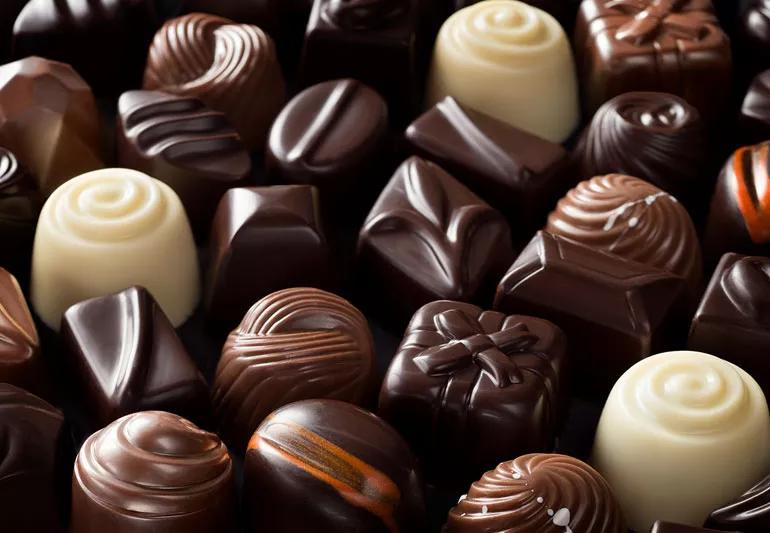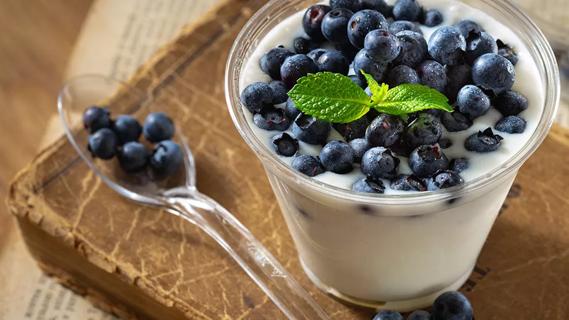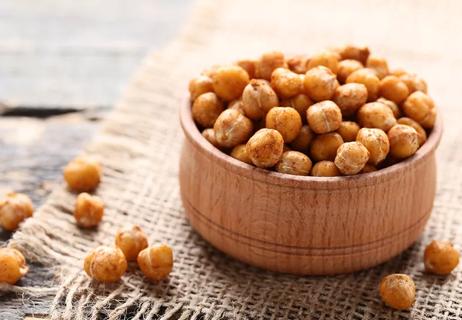A closer look at what's inside your favorite candy

Chocolate is good for blood flow, which means it’s good for your heart. But not all chocolate is created equal. We asked registered dietitian Mira Ilic, RD, LD, to give us the breakdown about which chocolate is best for your heart health.
Advertisement
Cleveland Clinic is a non-profit academic medical center. Advertising on our site helps support our mission. We do not endorse non-Cleveland Clinic products or services. Policy
Ahh, the rich flavor of chocolate! It comes from the “flavonoids” in cocoa beans — which are also the reason that chocolate is so healthy for your heart. Flavonoids are antioxidants that fight cell-damaging free radicals in your body.
These flavonoids help your heart by:
Dark chocolate is best for you because it’s the least processed chocolate, which means it contains the highest percentage of flavonoid-filled cocoa bean (cocoa).
Before you grab a chocolate candy bar or slice of chocolate cake, it’s important to understand that not all forms of chocolate contain high levels of flavanols.
Cocoa naturally has a very strong, pungent taste, which comes from the flavanols. When cocoa is processed into your favorite chocolate products, it goes through several steps to reduce this taste. The more chocolate is processed (through things like fermentation, alkalizing, roasting, etc.), the more flavanols are lost.
Dark chocolate. Also called semi-sweet chocolate, dark chocolate has at least 35% cocoa to be called dark. The remainder is cocoa butter (the natural fat of the cocoa bean), sugar, an emulsifier (what holds ingredients together) and vanilla or other flavorings. Milk may be added to soften texture.
Advertisement
Recommendations:
Nutrition: 8-12 g fat, 0 trans fat per 1 oz. or 28.4 g. Provides magnesium, iron, potassium, calcium and trace amounts of vitamins.
Milk chocolate. The FDA requires that milk chocolate contain at least 10% cocoa and at least 12% dry milk solids. Like dark chocolate, the remainder is cocoa butter, sugar, an emulsifier and vanilla or other flavorings.
Recommendations:
Nutrition: 12+ g fat per 1 oz or 28.4 g. Provides potassium and trace amounts of vitamins.
White chocolate. A derivative of chocolate, it’s made of 20% (or more) of cocoa butter and up to 55% sugar, plus milk solids, lecithin and vanilla and other flavorings.
Recommendations: Avoid or eat in very limited amounts!
Nutrition: Not much! Mostly sugar and fat.
Chocolate with over 70% cocoa packs the best punch for your health, but enjoy it in small amounts: 100 g of dark chocolate has 500 calories!
Unsweetened chocolate is 100% cocoa. It’s very bitter and only eaten as part of prepared baked goods. Try using 100% cocoa powder in hot cocoa, homemade baked goods and recipes (replacing milk chocolate) or add it to a smoothie or coffee for rich flavor.
Advertisement
Learn more about our editorial process.
Advertisement

This color additive, found in many pre-packaged foods, may affect people with ADHD or allergies

This decadent treat may help improve your heart health and boost your mood

With a little planning, you can fill your belly and boost your energy

Snacking can bring benefits with healthy food choices and planning

Plan ahead, bring a cooler when possible and don’t forget the water!

These foods sabotage weight loss and rob you of rest

These foods will nourish your body without ruining your diet

Get the scoop on alternatives to regular and premium ice cream

Babies can get congested easily, but you can calm their cough by keeping them hydrated, using nasal drops and running a humidifier

Weight loss may cause loose, sagging skin and muscle loss to your rear

Several conditions, like vitiligo and fungal infection, can cause a loss of pigmentation, leading to white spots or patches on your skin